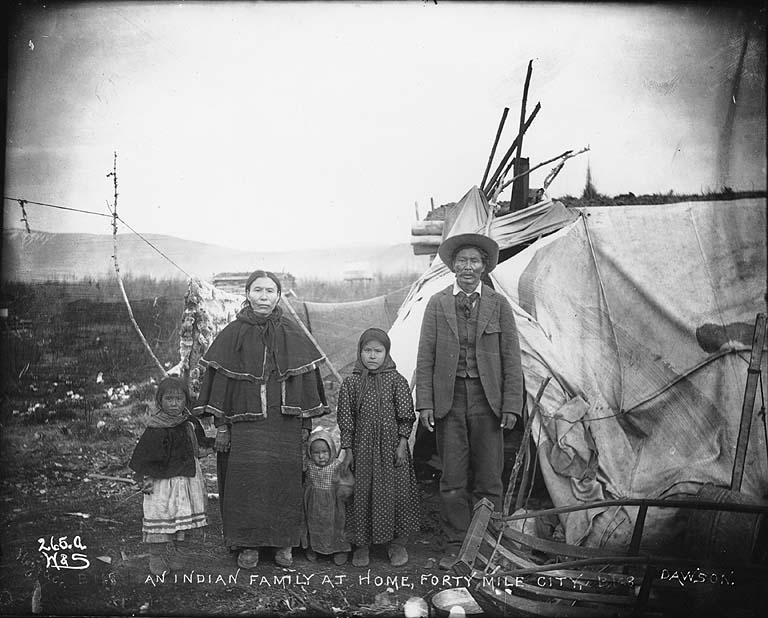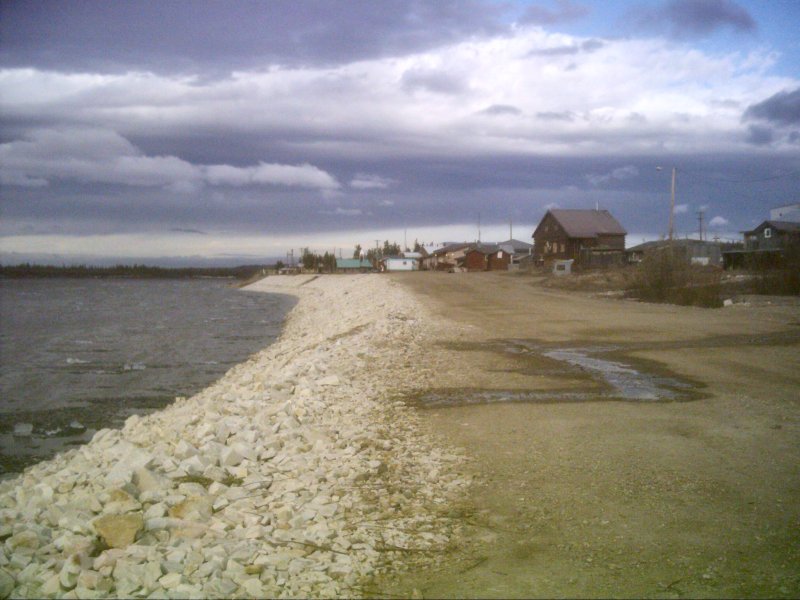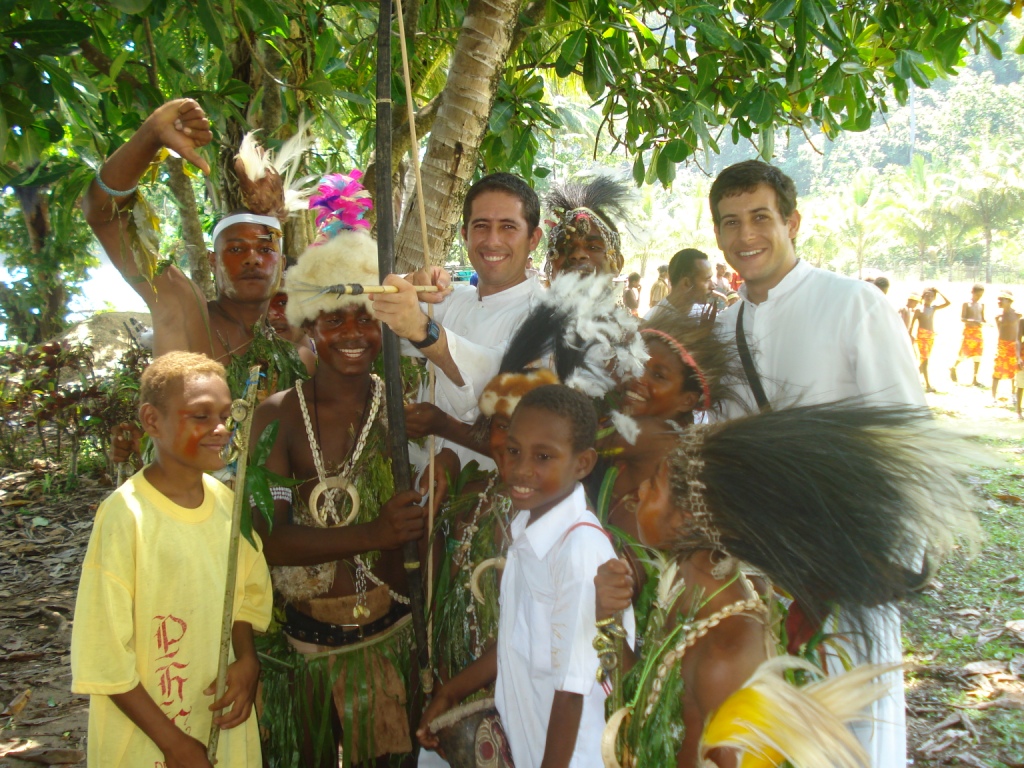|
Gwichʼin
The Gwichʼin (or Kutchin) are an Athabaskan-speaking First Nations people of Canada and an Alaska Native people. They live in the northwestern part of North America, mostly above the Arctic Circle. Gwichʼin are well-known for their crafting of snowshoes, birchbark canoes, and the two-way sled. They are renowned for their intricate and ornate beadwork. They also continue to make traditional caribou-skin clothing and porcupine quillwork embroidery, both of which are highly regarded among Gwichʼin. Today, the Gwich’in economy consists mostly of hunting, fishing, and seasonal wage-paying employment. Name Their name is sometimes spelled ''Kutchin'' or ''Gwitchin'' and translates as "one who dwells" or "resident of region" Historically, the French called the Gwichʼin ''Loucheux'' ("squinters"), as well as ''Tukudh'' or ''Takudh'', a term also used by Anglican missionaries. Sometimes, these terms may refer (explicitly or implicitly) to particular dialects of the Gwichʼ ... [...More Info...] [...Related Items...] OR: [Wikipedia] [Google] [Baidu] |
Gwichʼin Language
The Gwichʼin language () belongs to the Athabaskan language family and is spoken by the Gwich'in First Nation (Canada) / Alaska Native People (United States). It is also known in older or dialect-specific publications as Kutchin, Takudh, Tukudh, or Loucheux. Gwich'in is spoken primarily in the towns of Inuvik, Aklavik, Fort McPherson, and Tsiigehtchic (formerly Arctic Red River), all in the Northwest Territories and Old Crow in Yukon of Canada. In Alaska of the United States, Gwichʼin is spoken in Beaver, Circle, Fort Yukon, Chalkyitsik, Birch Creek, Arctic Village, Eagle, and Venetie. The ejective affricate in the name ''Gwichʼin'' is usually written with symbol , though the correct character for this use (with expected glyph and typographic properties) is . Written Gwichʼin The missionary Robert McDonald first started working on the written representation of Van Tat and Dagoo dialects Gwichʼin. He also produced a Bible and a hymn book which was written in Gwic ... [...More Info...] [...Related Items...] OR: [Wikipedia] [Google] [Baidu] |
Gwich'in Tribal Council
The Gwichʼin Tribal Council is a First Nations organization representing the Gwichʼin people of northern Canada, owning approximately 23,884 square kilometres of land in Yukon and the Northwest Territories. It was created in 1992 with the final ratification of the Gwichʼin Comprehensive Land Claim Agreement with the Government of Canada. Negotiations to achieve a Final Agreement, and thus, Gwichʼin self-government, are ongoing. History The Gwichʼin people have been present in Alaska, Yukon, and the Northwest Territories since time immemorial. In 1921, chiefs and headmen representing the Gwichʼin (then known as the Loucheux) population in Canada signed Treaty 11, but unresolved differences arose between the interpretation of aboriginal and treaty rights by the Gwichʼin and by Canada, and many obligations were never fulfilled. To provide certainty and clarity of rights to land ownership, and to ensure various rights and benefits to the Gwichʼin people, the Comprehensive La ... [...More Info...] [...Related Items...] OR: [Wikipedia] [Google] [Baidu] |
United States
The United States of America (U.S.A. or USA), commonly known as the United States (U.S. or US) or America, is a country primarily located in North America. It consists of 50 U.S. state, states, a Washington, D.C., federal district, five major unincorporated territories, nine United States Minor Outlying Islands, Minor Outlying Islands, and 326 Indian reservations. The United States is also in Compact of Free Association, free association with three Oceania, Pacific Island Sovereign state, sovereign states: the Federated States of Micronesia, the Marshall Islands, and the Palau, Republic of Palau. It is the world's List of countries and dependencies by area, third-largest country by both land and total area. It shares land borders Canada–United States border, with Canada to its north and Mexico–United States border, with Mexico to its south and has maritime borders with the Bahamas, Cuba, Russia, and other nations. With a population of over 333 million, it is the List of ... [...More Info...] [...Related Items...] OR: [Wikipedia] [Google] [Baidu] |
Old Crow, Yukon
Old Crow is a community in the Canadian territory of Yukon. Located in a periglacial environment, the community is situated on the Porcupine River in the far northern part of the territory. Old Crow is the only Yukon community that cannot be reached by motor vehicle, requiring visitors to fly in to Old Crow Airport. It is a dry community. Old Crow is also the northernmost non-Inuit community in North America, and the only such community situated north of the Arctic Circle. History A large number of apparently human modified animal bones have been discovered in the Old Crow area, notably at Bluefish Caves, about south, and the Old Crow Flats, located about south, that have been dated to 25,000-40,000 years ago by carbon dating, several thousand years earlier than generally accepted human habitation of North America. An Indigenous chief named Deetru` K`avihdik, literally "Crow-May-I-Walk", helped settle a community here around the 1870s and the town was named after him ... [...More Info...] [...Related Items...] OR: [Wikipedia] [Google] [Baidu] |
Sled
A sled, skid, sledge, or sleigh is a land vehicle that slides across a surface, usually of ice or snow. It is built with either a smooth underside or a separate body supported by two or more smooth, relatively narrow, longitudinal runners similar in principle to skis. This reduces the amount of friction, which helps to carry heavy loads. Some designs are used to transport passengers or cargo across relatively level ground. Others are designed to go downhill for recreation, particularly by children, or competition. (Compare cross-country skiing with its downhill cousin.) Shades of meaning differentiating the three terms often reflect regional variations depending on historical uses and prevailing climate. In British English, ''sledge'' is the general term, and more common than ''sled''. '' Toboggan'' is sometimes used synonymously with ''sledge'' but more often to refer to a particular type of sledge without runners. ''Sleigh'' refers to a moderate to large-sized, usua ... [...More Info...] [...Related Items...] OR: [Wikipedia] [Google] [Baidu] |
Alaska Native Language Center
The Alaska Native Language Center, established in 1972 in Fairbanks, Alaska, is a research center focusing on the research and documentation of the Native languages of Alaska. It publishes grammars, dictionaries, folklore collections and research materials, as well as hosting an extensive archive of written materials relating to Eskimo, North Athabaskan and related languages. The Center provides training, materials and consultation for educators, researchers and others working with Alaska Native languages. The closely affiliated Alaska Native Language Program offers degrees in Central Yup'ik and Inupiaq at the University of Alaska Fairbanks, and works toward the documentation and preservation of these languages. Language map In 1974, Michael Krauss published a language map of Alaska, which he later updated in 1982. It has remained the standard since then. In the summer of 2011, the Alaska Native Language Center made an update to Krauss's map. One of the biggest reasons for ... [...More Info...] [...Related Items...] OR: [Wikipedia] [Google] [Baidu] |
Arctic Village, Alaska
Arctic Village (''Vashrąįį K'ǫǫ'' in Gwich'in) is an unincorporated Native American village and a census-designated place (CDP) in Yukon-Koyukuk Census Area, Alaska, United States. As of the 2010 census, the population of the CDP was 152. This was unchanged from 2000. The village is located in the large Gwitch'in speaking region of Alaska, and the local dialect is known as Di'haii Gwitch'in or shahanh. As of 1999, over 95% of the community speaks and understands the language. (Kraus, 1999) History Evidence from archaeological investigations indicate that the Arctic Village area may have been settled as early as 4500 BC. Around 500 AD the Athabascan speaking Gwich'in people (often called Neets'aii Gwich'in or "those who dwell to the north") came into the area with seasonal hunting and fishing camps. About 1900, the village became a permanent settlement. Geography Arctic Village is located at (68.121828, -145.527686), on the east fork of the Chandalar River, about a h ... [...More Info...] [...Related Items...] OR: [Wikipedia] [Google] [Baidu] |
Venetie, Alaska
Venetie ( ;Corey Goldberg," ''New York Times'', 9 May 1997. ''Vįįhtąįį'' in Gwich’in), is a census-designated place (CDP) in Yukon–Koyukuk Census Area, Alaska. At the 2010 census, the population was 166, down from 202 in 2000. It includes the Village of Venetie, a Gwich'in tribal entity designated in the 1971 Alaska Native Claims Settlement Act. History Gwich'in tribal leader John Fredson achieved federal recognition of the larger area of the Venetie Indian Reserve as Alaska Native territory in 1941, before Alaska was admitted to the union as a state. It was the largest reservation in Alaska, with approximately 1.4 million acres (5,700 km2) when established. Under the 1971 Alaska Native Claims Settlement Act, most reservations in Alaska were dissolved and the federal government made payments to tribes for considerable territory, designating areas as tribal lands. The Gwich'in tribal lands were reduced. The people continued to adapt. In the early 1980s a "unified ... [...More Info...] [...Related Items...] OR: [Wikipedia] [Google] [Baidu] |
Canada–United States Border
The border between Canada and the United States is the longest international border in the world. The terrestrial boundary (including boundaries in the Great Lakes, Atlantic, and Pacific coasts) is long. The land border has two sections: Canada's border with the contiguous United States to its south, and with the U.S. state of Alaska to its west. The bi-national International Boundary Commission deals with matters relating to marking and maintaining the boundary, and the International Joint Commission deals with issues concerning boundary waters. The agencies currently responsible for facilitating legal passage through the international boundary are the Canada Border Services Agency (CBSA) and U.S. Customs and Border Protection (CBP). History 18th century The Treaty of Paris of 1783 ended the American Revolutionary War between Great Britain and the United States. In the second article of the Treaty, the parties agreed on all boundaries of the United States, including, bu ... [...More Info...] [...Related Items...] OR: [Wikipedia] [Google] [Baidu] |
Athabaskan Language Family
Athabaskan (also spelled ''Athabascan'', ''Athapaskan'' or ''Athapascan'', and also known as Dene) is a large family of indigenous languages of North America, located in western North America in three areal language groups: Northern, Pacific Coast and Southern (or Apachean). Kari and Potter (2010:10) place the total territory of the 53 Athabaskan languages at . Chipewyan is spoken over the largest area of any North American native language, while Navajo is spoken by the largest number of people of any native language north of Mexico. ''Athebaskan '' is a version of a Cree name for Lake Athabasca ( crm, Āðapāskāw, script=Latn 'herethere are reeds one after another'), in Canada. Cree is one of the Algonquian languages and therefore not itself an Athabaskan language. The name was assigned by Albert Gallatin in his 1836 (written 1826) classification of the languages of North America. He acknowledged that it was his choice to use that name for the language family and its assoc ... [...More Info...] [...Related Items...] OR: [Wikipedia] [Google] [Baidu] |
Missionary
A missionary is a member of a Religious denomination, religious group which is sent into an area in order to promote its faith or provide services to people, such as education, literacy, social justice, health care, and economic development.Thomas Hale 'On Being a Missionary' 2003, William Carey Library Pub, . In the Bible translations into Latin, Latin translation of the Bible, Jesus, Jesus Christ says the word when he sends the disciples into areas and commands them to preach the gospel in his name. The term is most commonly used in reference to Christian missions, but it can also be used in reference to any creed or ideology. The word ''mission'' originated in 1598 when Jesuits, the members of the Society of Jesus sent members abroad, derived from the Latin (nominative case, nom. ), meaning 'act of sending' or , meaning 'to send'. By religion Buddhist missions The first Buddhist missionaries were called "Dharma Bhanaks", and some see a missionary charge in the symbolis ... [...More Info...] [...Related Items...] OR: [Wikipedia] [Google] [Baidu] |




